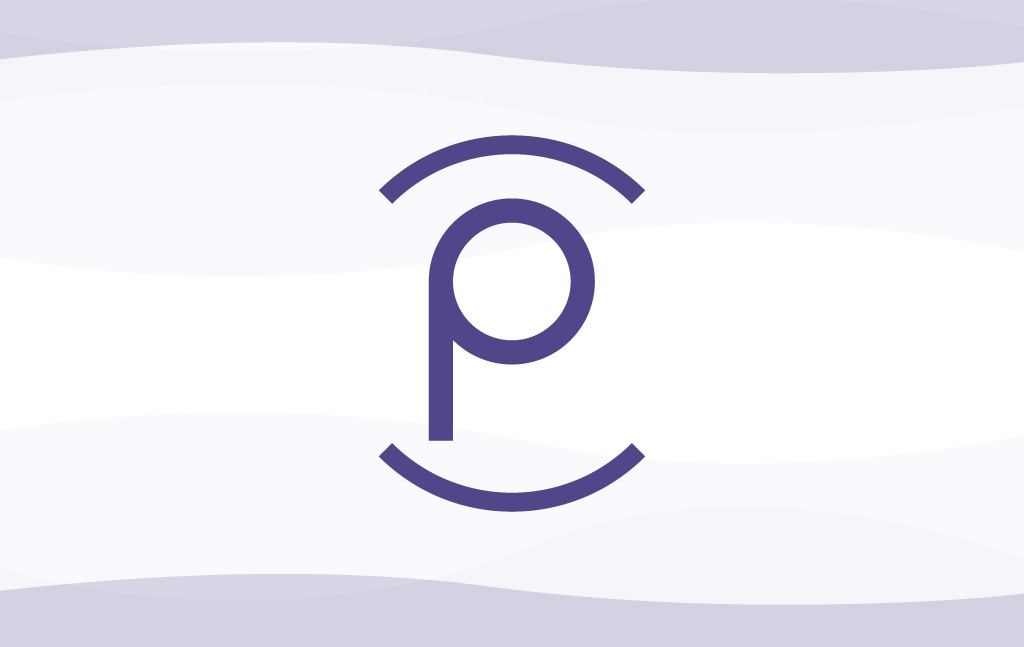Law360: The Need For New Legal And PR Strategies In The #MeToo Era
By David Weiss and Matt Purdue (Originally published by Law360, April 10, 2019, 1:28 PM EDT)
In recent years, we have witnessed a paradigm shift in sexual harassment and sexual misconduct in the workplace. No longer are these issues confined to the human resources department and the general counsel’s office. Thanks to powerful movements such as #MeToo and Time’s Up, there has been a long-overdue groundswell of increased awareness of these problems throughout all strata of society, including the workplace. Today board members, executives, managers and employees at all levels of the organization need to reexamine their approach to these issues.
In light of this paradigm shift, every company must be acutely aware that its level of risk has increased substantially and act accordingly. Beyond legal risk, an organization that does not prepare effectively leaves itself exposed to serious financial, reputational and even operational risk. Anyone doubting this need look no further than The Weinstein Company, which produced two Academy Award winners for best picture and some of the most critically acclaimed films of this century, only to have its assets sold in a bankruptcy auction last May.
One of the key reasons for this elevated level of risk is that now, more than ever, employees feel more empowered to take legal action against real or perceived harassment or misconduct in the workplace. In fact, 2018 saw a 50% increase over 2017 in the number of lawsuits filed against employers alleging harassment. Anecdotally, we have also observed a significant increase in the number of employees who are raising complaints internally.
Even more concerning for organizations is that this recent trend may represent just the tip of the proverbial iceberg. The 2018 Hiscox Workplace Harassment Study, a survey of 500 adult full-time employees in the U.S., revealed that 85% of them feel workers are more likely to report harassment because of #MeToo and Time’s Up.[2] The same study showed that millennials reported the highest rate of harassment (46% of them compared to 35% of Gen Xers), while they are also more likely to report harassment to the organization or the police than their older co-workers.[3] For companies of all stripes, this appears to be a risk that will only grow with time. So how can organizations mitigate their risk? By seizing the strategic high ground, taking an organizational stand to strengthen the corporate culture against harassment and misconduct, and activating those values through communication and training.
Starting at the Top of the House
In this new era, many organizations are reexamining their approach to sexual harassment from the top of the house. From a strategic perspective, this should begin with a discussion to define the values, purpose and culture of the organization that champions gender equity, diversity and inclusion.
Over the long term, this may be the most effective means to prevent sexual harassment. This can rally employees and help create a healthy workplace environment that naturally repels objectionable behavior. In fact, today more employees look to their organizations to take a strong stand on issues such as these. According to a 2017 Glassdoor survey, a large majority of employees of all ages want companies to take a position on important political and social issues.[4] This is especially true of younger workers. According to a 2017 survey by American Express, 78% of millennials want to work for an employer whose values match their own.[5] How can this be implemented?
The C-suite, with backing from the board, should work with inside and outside counsel, human resources, internal communications and public relations experts to identify and openly articulate the organization’s stand for gender equity and against sexual harassment. Of course, this entails the board working with counsel to ensure C-suite executives are fully vetted for any potential harassment or misconduct skeletons in their closet. In fact, a recent informal poll conducted by Peppercomm and Directors & Boards showed that 88% of directors are concerned about a societal crisis such as sexual harassment striking a company on whose board they sit.[6]
Many organizations also are implementing specialized training sessions for board members and executive management teams. These individuals are role models for the entire company, and they may need to be trained on how their actions and words should reinforce a workplace free from harassment.
Talking the Talk and Walking the Walk
We believe that a successful organizational platform is one that evolves from facilitated discussions with key managers and supervisors and meetings with executives and employees, where feedback is elicited from all levels. Key business partners, vendors and any corporate sponsorships should also be included, as appropriate, as they, too, can pose a harassment risk to the organization. To “activate” an organization’s strong corporate values, purpose and culture on an ongoing basis, executives should work with counsel, HR and communications/PR to meaningfully engage with both employees and external stakeholders.
Internally, this could take the form of town hall meetings, intranet posts or even an annual “Integrity Day” that welcomes outside professionals to come in to talk with employees about, for example, the dangers of harassment and the benefits of an inclusive workplace. In our experience, it’s important to support these internal initiatives with investments in HR. A strong HR department, staffed with knowledgeable and talented managers, may be able to address and remedy personnel issues long before they become legal matters. These savings not only go directly to the bottom line, but they can save companies and their executives from the time, energy, distraction and “overhang” of protracted litigation. Externally, leaders can springboard off the company’s values and purpose, seeking opportunities to comment on these issues on their LinkedIn profiles, in op-ed pieces and via speaking opportunities at industry events.
Further, companies also should review anti-harassment policies carefully to ensure they are up-to-date from both an organizational and legal perspective. They should appraise (or adopt) their response protocols to guide them in case of a sexual harassment claim against an executive or employee. Because harassment allegations often necessitate an investigation, either internally or by outside counsel, we also recommend these protocols address the sensitive situation when the subject of the investigation is the supervisor of the person conducting or overseeing the investigation.
Getting Serious About Training
Enhancing anti-harassment training is another important step to alleviate potential problems. In a growing number of states, including New York, California, Connecticut, Delaware and Maine, this type of training is mandatory for most companies. But even where it is not required by law, it should be a “best practice” for every organization. Effective training conducted by an experienced trainer not only teaches managers, supervisors and employees to recognize clear and not-so-obvious instances of harassment, but also instructs individuals how to properly report instances of harassment when they do occur. Companies also should be sure to provide enhanced training to management-level employees so that they can better understand their role in addressing workplace harassment. Many organizations, however, are expanding the scope of training beyond harassment. Employers can benefit from other types of training, including those related to broader topics such as diversity, inclusion and how to identify and prevent unconscious bias and micro-aggressions. In short, an experienced trainer can teach employees and supervisors how to recognize many forms of bias and their negative effects on the workplace.
When a Crisis Strikes
Despite a company’s best efforts, a sexual harassment or misconduct crisis can hit at any time. In fact, it’s critical to have monitoring technology in place to be alerted to a problem as soon as possible. In this era of #MeToo and Time’s Up fueled by 24/7 social media, every company must be prepared for a harassment allegation to quickly go public. And keep in mind that if a business partner or paid spokesperson is accused, you need to know this immediately, as well. When harassment allegations arise, the appropriate protocols should be implemented. As for communicating internally and to external stakeholders about a situation, the chief marketing or communications officer, counsel and internal/external PR professionals should collaborate on messaging. Particularly during an active investigation, companies need to be mindful of privacy, defamation and other concerns surrounding any messaging, both for the accuser and the accused. Similarly, for an organization whose leaders have been outspoken and public about these societal issues, CMOs/CCOs should work with counsel and PR professionals to be sure that any messaging is consistent with internal company policies and practices.
Ideally, however, companies that are proactive about addressing harassment and misconduct through their values, purpose and culture do tend to mitigate their risk and better protect their corporate reputation, in our experience. Being able to point to a holistic, top-down culture that actively supports diversity and inclusiveness will show a problematic employee to be a rogue actor and position an alleged complaint as a one-off issue. By building from a foundation of a strong, outspoken stand for gender equity and enhancing harassment training across the organization, companies can build a robust defense that will serve them well if and when they face a harassment or misconduct allegation.
David E. Weiss is a member at Epstein Becker Green. He co-leads the firm’s business services team.
Matt Purdue is a senior vice president specializing in content strategy and crisis communications at Peppercomm.
The opinions expressed are those of the author(s) and do not necessarily reflect the views of the firm, its clients, or Portfolio Media Inc., or any of its or their respective affiliates. This article is for general information purposes and is not intended to be and should not be taken as legal advice.
[1] https://money.cnn.com/2018/05/02/media/weinstein-company-bidder/index.html
[2] https://www.hiscox.com/blog/2018-Hiscox-Workplace-Harassment-Study
[3] https://www.hiscox.com/blog/2018-Hiscox-Workplace-Harassment-Study
[4] https://www.glassdoor.com/about-us/corporate-activism-survey/
[5]https://www.americanexpress.com/content/dam/amex/uk/staticassets/pdf/AmexBusinesstheMillennialWay.pdf
[6] http://www.peppercomm.com/survey-results/




